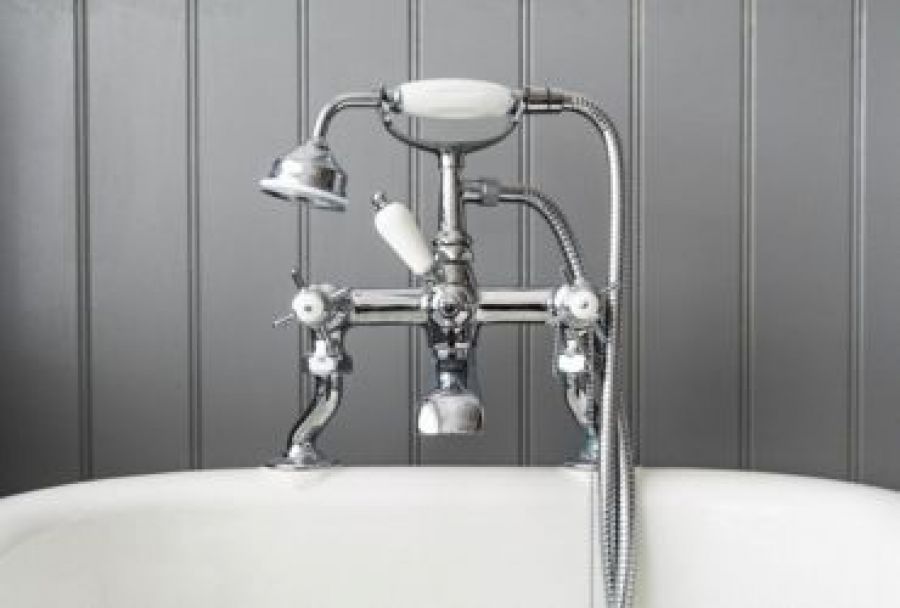Top DIY Plumbing Mistakes

Who doesn’t love a “do it yourself” project? Most people are intrigued by the idea of taking on a DIY task, especially one that might save them money and help them learn something new along the way. However, when it comes to the complicated art of plumbing, taking a DIY approach can be an unmitigated disaster, especially if you fail to do the necessary research in advance.
Cummings Plumbing Heating and Cooling is a plumbing and HVAC company based in Tucson, Arizona, whose specialty is repairing and installing residential and commercial plumbing, heating, and cooling systems. Cummings Plumbing has been proudly serving their customers for nearly four decades, having first opened their doors in 1983. Needless to say, they know what they’re doing when it comes to all things plumbing. This makes them the perfect company to provide their expertise on the subject of DIY plumbing. The company highlights what they view as the top three DIY plumbing mistakes.
Overtightening Connections
According to Cummings Plumbing, the top DIY plumbing mistake is when people over tighten connections. Connections, such as pipes, supply tubes, and fittings, need to be watertight in order to function properly. And so, people think that in order to make them watertight, they should tighten them more than necessary. This is a mistake, as often these connections already come with a watertight seal and tightening them more is not only unnecessary but can actually damage the fittings and break the rubber or plastic washers used to create the seal. Further, tightening a pipe too much can also lead to cracked plastic fittings, which makes the entire thing useless. Such a crack may not occur immediately, but the excessive force caused by the tightening can be enough to weaken it until a few weeks later, it cracks and you’re dealing with a flood.
Over Relying on Drain Cleaner
Cummings Plumbing Heating and Cooling of Tucson, Arizona, shares the second most common DIY plumbing mistake: over relying on drain cleaner. While chemical drain cleaners can sometimes be effective at eliminating minor clogs, they ultimately do more harm than good when it comes to your pipes. This is because the harsh chemicals drain cleaners contain can significantly damage the pipes and fixtures, especially if you use too much at one time or use it regularly. In addition, if the drain cleaner doesn’t clear up the clog, then it might just be left sitting on top of the drain, which presents a toxic danger to anyone within close contact, even creating a breathing hazard. Instead, when you have a clogged drain, you should either use a drain snake or other barbed drain cleaning tool, or if that isn’t an option, create a concoction out of natural cleaning ingredients, such as vinegar, baking soda, salt, and hot water to ease the problem.
Failing to Turn off the Water
Turning off the water might seem like plumbing 101, but you’d be surprised how many people forget this small but crucial step. Tarizurning off the water should be the very first step in any DIY plumbing project. Failure to do so can result in an expensive disaster, where water sprays from a loosened pipe connection or pours freely out of a pipe after a fixture is removed. Not only will this lead to a huge mess, it can also mean more damage to your house that has to be fixed. In addition, you’ll become so preoccupied with fixing the new problem that it’ll take much longer to fix the original problem you were working on. Further, Cummings Plumbing reminds all DIY plumbers to remember that shutting off the water source doesn’t mean there will magically be no water in your pipes all of a sudden. That is why after shutting it off but before you start working on the plumbing, Cummings Plumbing of Tucson, Arizona, always recommends that you run the kitchen or bathroom faucets for a few seconds to make sure they’re really clear.
On standby waiting to help you with a FREE Quote right now!
Recent Posts
CATEGORIES





